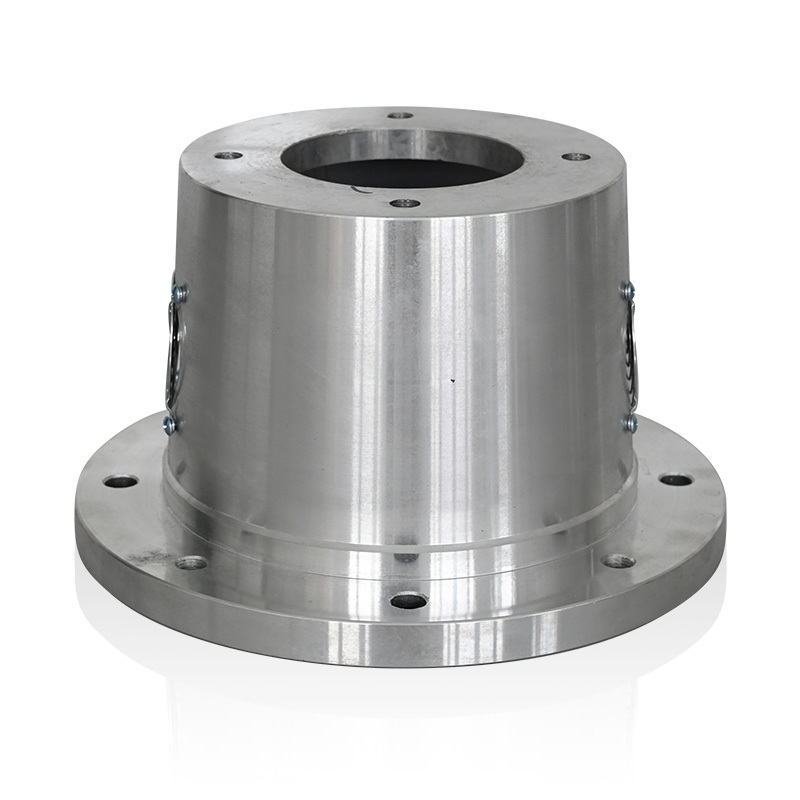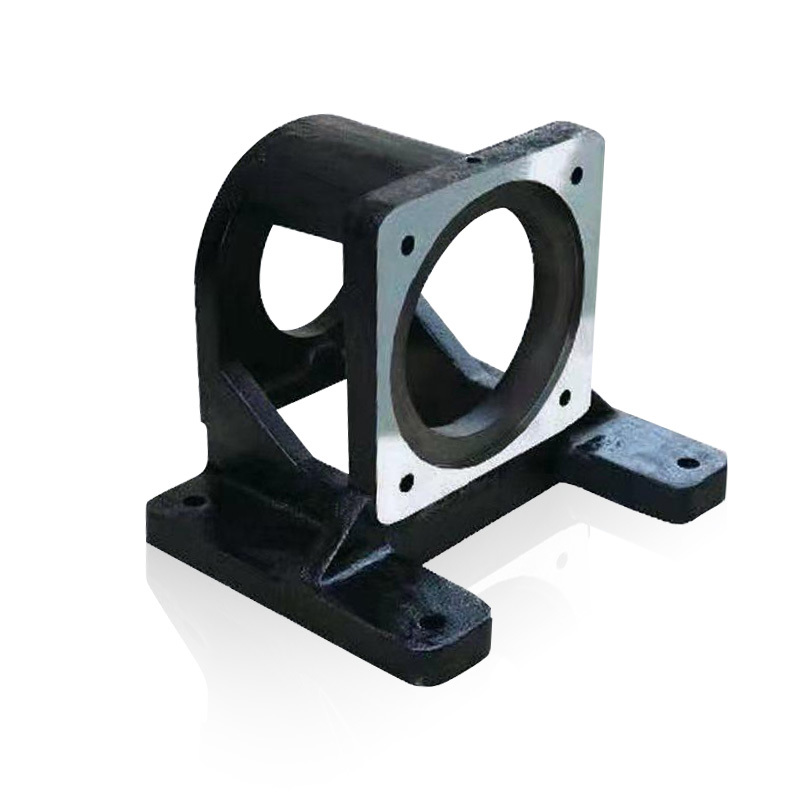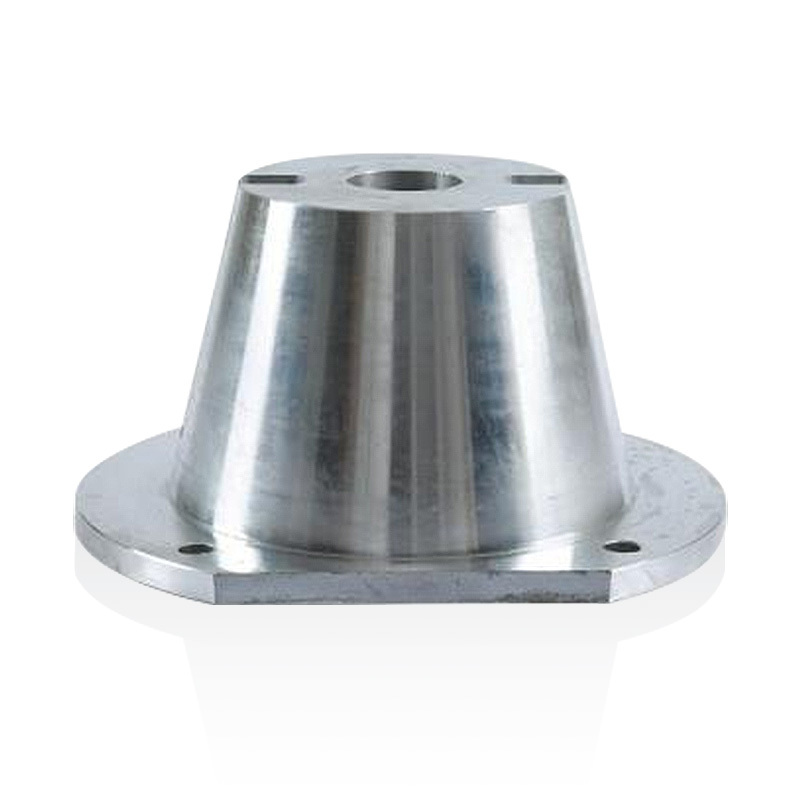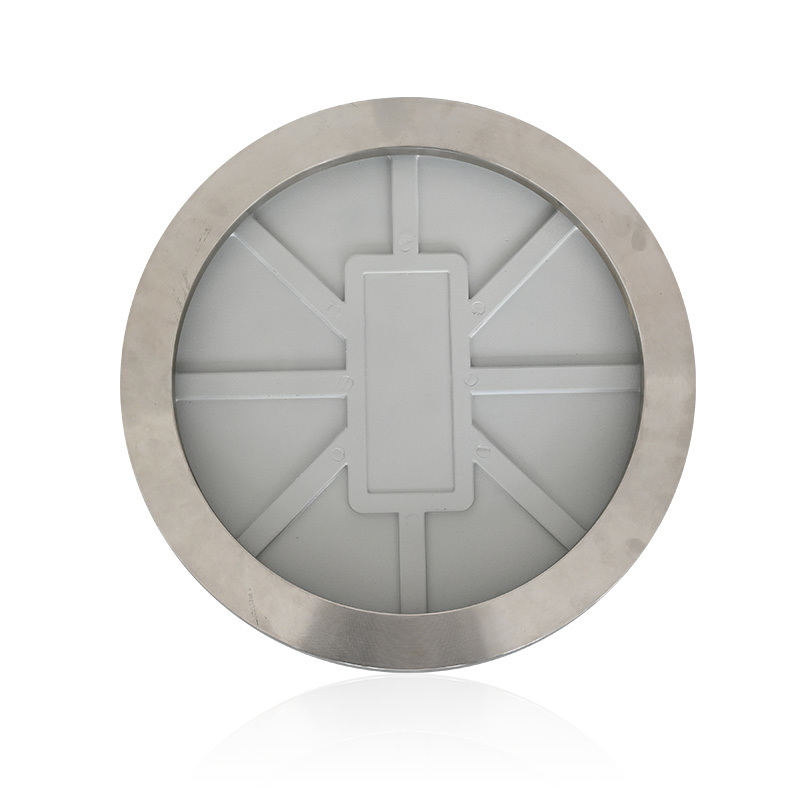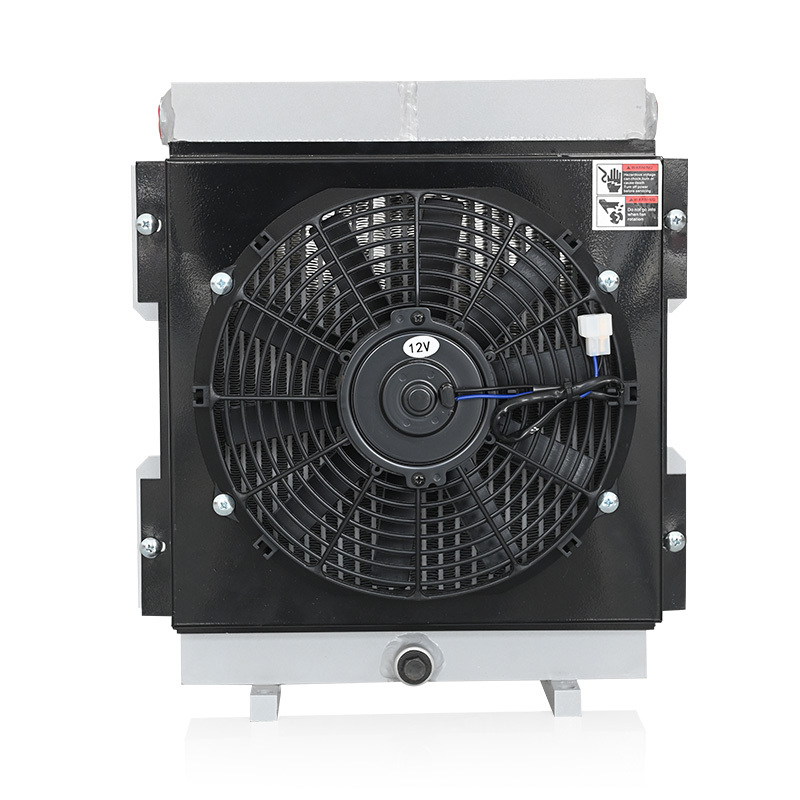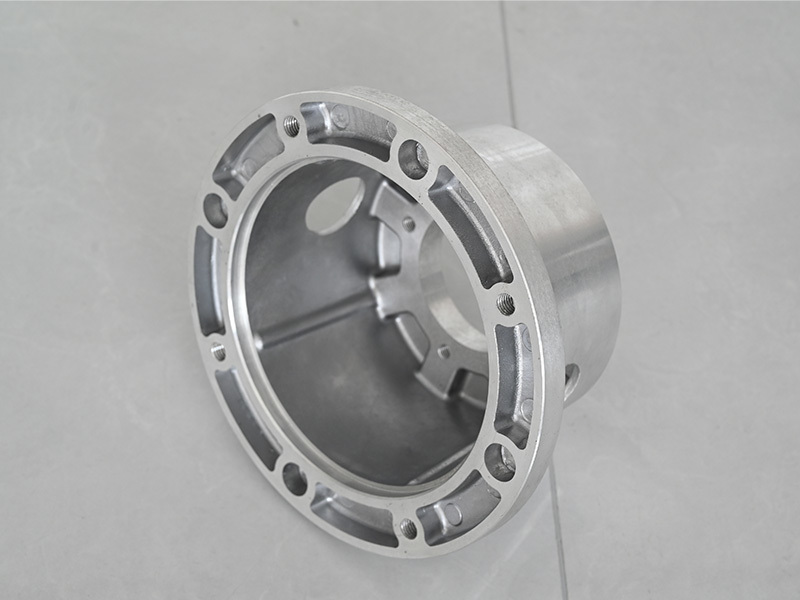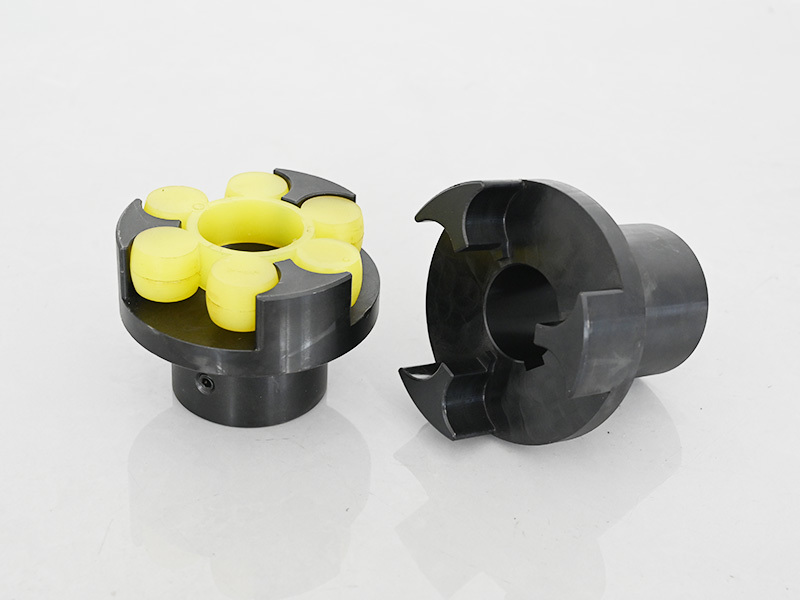Understanding Flexible Shaft Couplings: A Key Component in Industrial Equipment
Release Time:
Aug 16,2025
At their core, flexible shaft couplings serve to connect two shafts while allowing for some degree of movement between them
Flexible shaft couplings are critical components in the realm of industrial equipment, particularly in applications that require the reliable transmission of torque between rotating shafts. These couplings are designed to accommodate misalignments, absorb vibrations, and reduce shock loads, making them a popular choice in various mechanical systems. Understanding the importance of flexible shaft couplings can help you make informed decisions about their application and maintenance in your operations.
At their core, flexible shaft couplings serve to connect two shafts while allowing for some degree of movement between them. This flexibility is crucial in industrial settings where alignment issues can arise due to thermal expansion, wear, or structural shifts. By incorporating a flexible coupling, machinery can operate smoothly despite these potential misalignments, thereby prolonging its life and ensuring efficient performance.
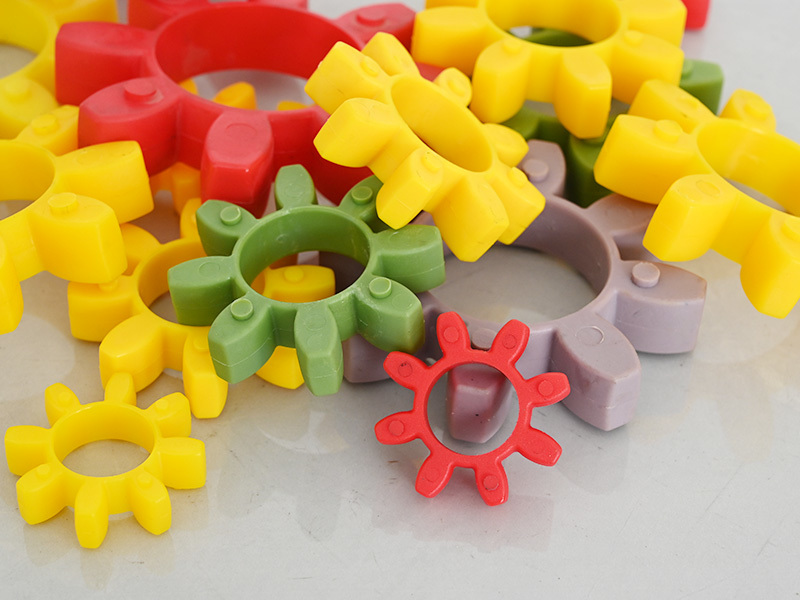
A significant advantage of flexible shaft couplings is their ability to absorb shocks and vibrations that can occur during operation. In many industrial applications, machinery is subjected to sudden changes in load, which can lead to damaging vibrations. Flexible couplings can mitigate these effects, protecting both the drive system and connected components from excessive wear and tear.
In addition to their shock-absorbing capabilities, flexible shaft couplings are often utilized in applications where shafts may need to be decoupled for maintenance or adjustments. This ease of disconnection simplifies the maintenance process, allowing for quicker repairs and minimizing downtime. Consequently, businesses can maintain productivity while ensuring their equipment remains in optimal condition.
Flexible couplings come in various designs, each tailored to specific applications and requirements. Some common types include elastomeric couplings, metal bellows couplings, and universal joints. Each type offers unique features and performance characteristics, allowing users to select the most suitable option based on their operational needs.
Moreover, the materials used in manufacturing flexible shaft couplings play a significant role in their performance. High-quality materials such as rubber, polyurethane, and stainless steel are often chosen for their durability and resistance to environmental factors. Selecting the right materials not only enhances the coupling's lifespan but also ensures reliable performance under demanding conditions.
In summary, flexible shaft couplings are indispensable components in industrial equipment, offering flexibility, shock absorption, and ease of maintenance. Understanding their function and benefits can enable professionals to optimize their machinery for better performance and longevity. By paying attention to the selection and maintenance of these couplings, businesses can enhance operational efficiency and reduce the risk of machinery failure.
Keywords:
You Can Also Learn More About Industry Trends


